Hezbollah’s ceasefire is a victory for Israel
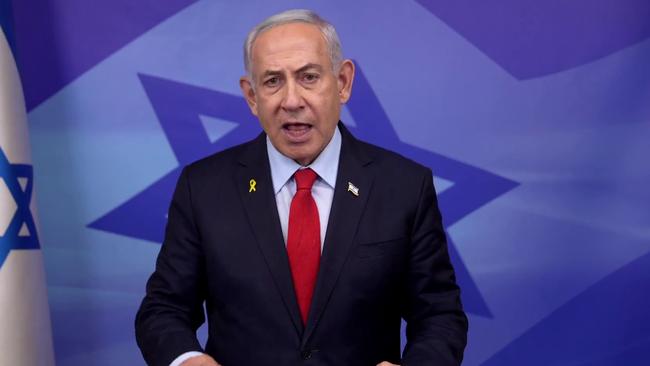
The deal is no panacea, and it may prove fragile. Some fighting could restart as Hezbollah tries to rearm in southern Lebanon. The Lebanese Armed Forces have agreed to prevent that, with a US-led committee adjudicating compliance. But behind these polite fictions and paper commitments lies the real achievement of the war: a change in the balance of power.
Hezbollah had been deterring Israel. Even as the terrorists expanded their arsenal, fired on northern Israeli towns and ultimately forced more than 60,000 Israelis from their homes, Israel feared escalation. Hezbollah might launch thousands of missiles a day and topple buildings in Tel Aviv. The threat of an Oct. 7-style raid on the Galilee loomed.
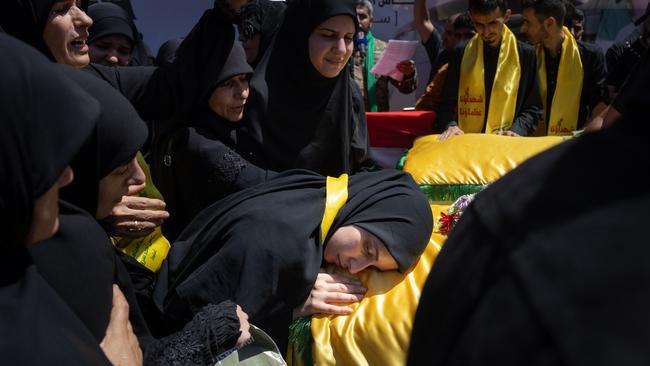
But once Israel took the initiative with air strikes and daring sabotage, Hezbollah couldn’t deliver on its threats. Israel suffered little damage after it killed Hezbollah’s leader, Hassan Nasrallah, and tore through its chain of command. Israel lost 80 soldiers, but the ground invasion cleared weapons stores and tunnels in the border villages.
“Only three months ago, this all would have sounded like science fiction.” Prime Minister Benjamin Netanyahu said Tuesday. His former defence minister, Israel’s military leadership and the Biden Administration had all pushed for a deal before the escalation, with Hezbollah at the height of its power. “This is no longer the same Hezbollah,” Mr. Netanyahu said. “We set it back decades.”
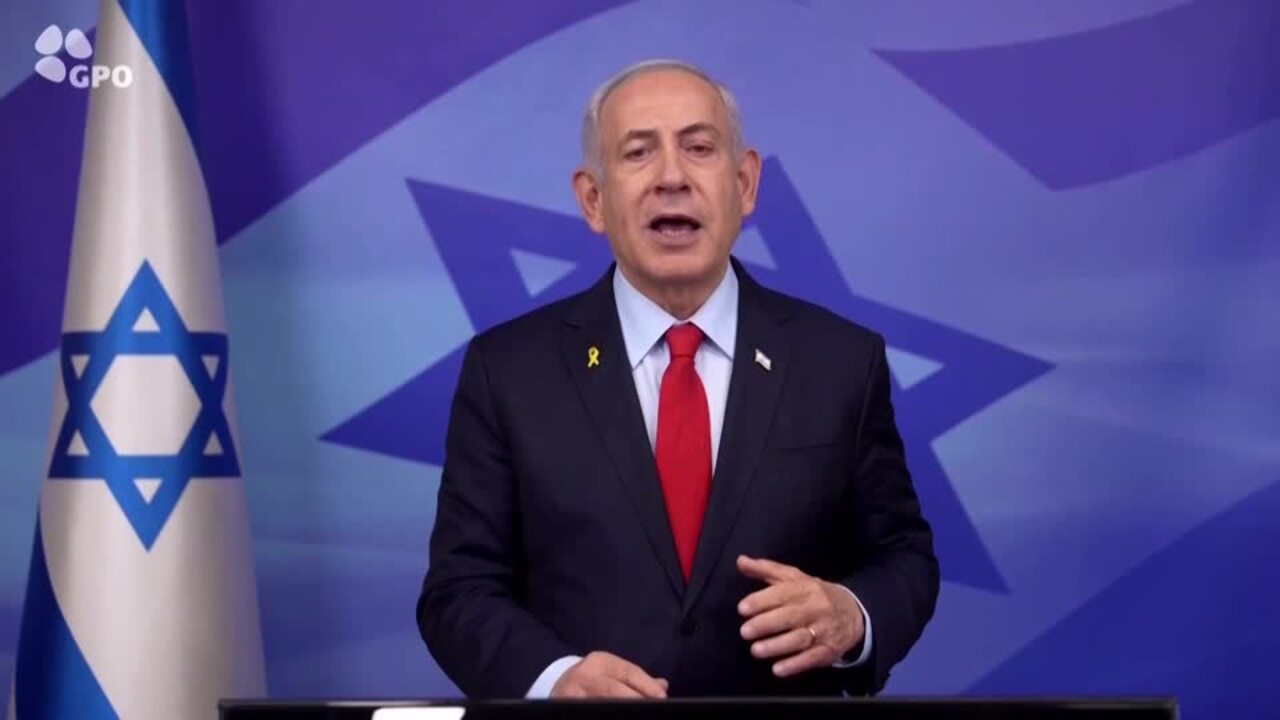
The test of the ceasefire isn’t whether Hezbollah is finished. It isn’t. Unlike in Gaza, whose borders Israel could surround, Israel’s objectives in Lebanon were limited. The test is whether Israelis return to their homes in the north.
If Hezbollah again entrenches in southern Lebanon, as it did after the 2006 war in violation of United Nations Security Council Resolution 1701, security will remain an illusion. Tolerating a drip of “small” violations, or relying on the Lebanese or U.N. to prevent them, is the road to a repeat.
Even U.S.-led oversight of the enforcement is questionable. As Hezbollah violations arise, the process could slow Israel’s response, limit its freedom of action, and set up the U.S. to take the blame from one side or another.
“If Hezbollah launches a rocket, if it digs a tunnel, if it brings in a truck carrying rockets, we will attack,” said Mr. Netanyahu. Israel’s will to stick to that, even when the U.S. prefers peace and quiet, may determine whether this is remembered as a good or bad deal.
The agreement is unpopular among the Israeli government’s supporters and is a political gamble for Mr. Netanyahu. Yet he brought along his right-wing partners, in defiance of their base. Meanwhile, the moderate opposition leaders preferred by President Biden now call the ceasefire a sellout.
If the deal survives the 60-day transition period, Israel will be able to greet the second Trump Presidency with Iran newly vulnerable, Hamas isolated in Gaza, and a major diplomatic opportunity for a deal with Saudi Arabia. Second-guessed at every point, Israel has fought through to its strongest strategic position in at least a decade.


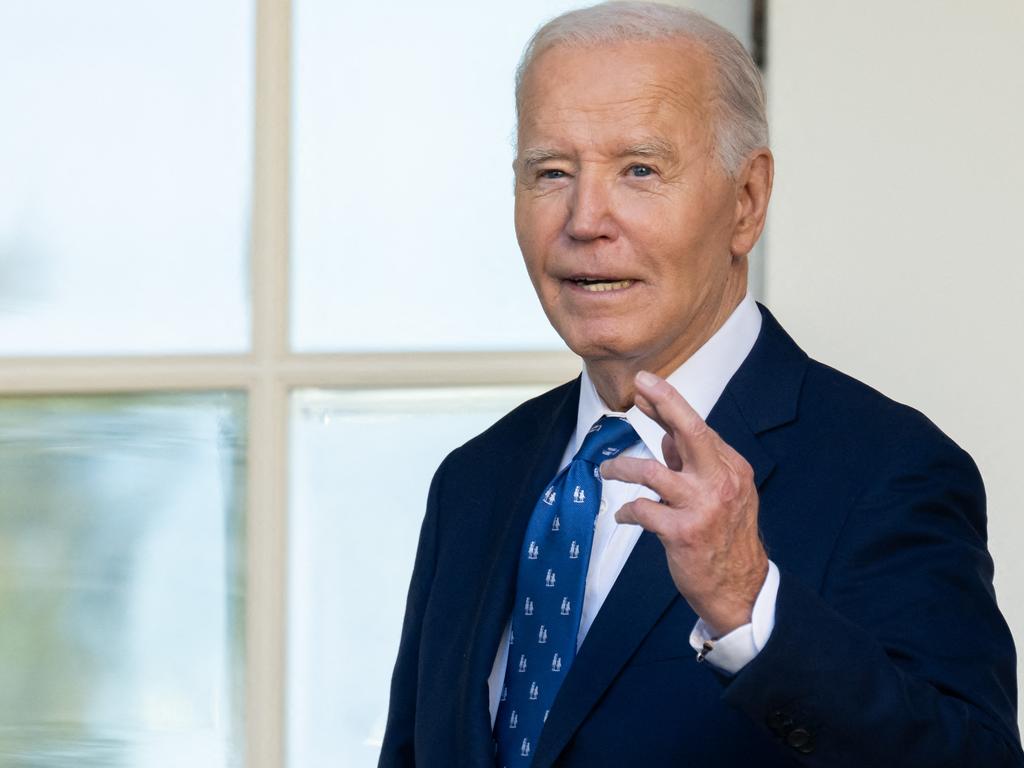
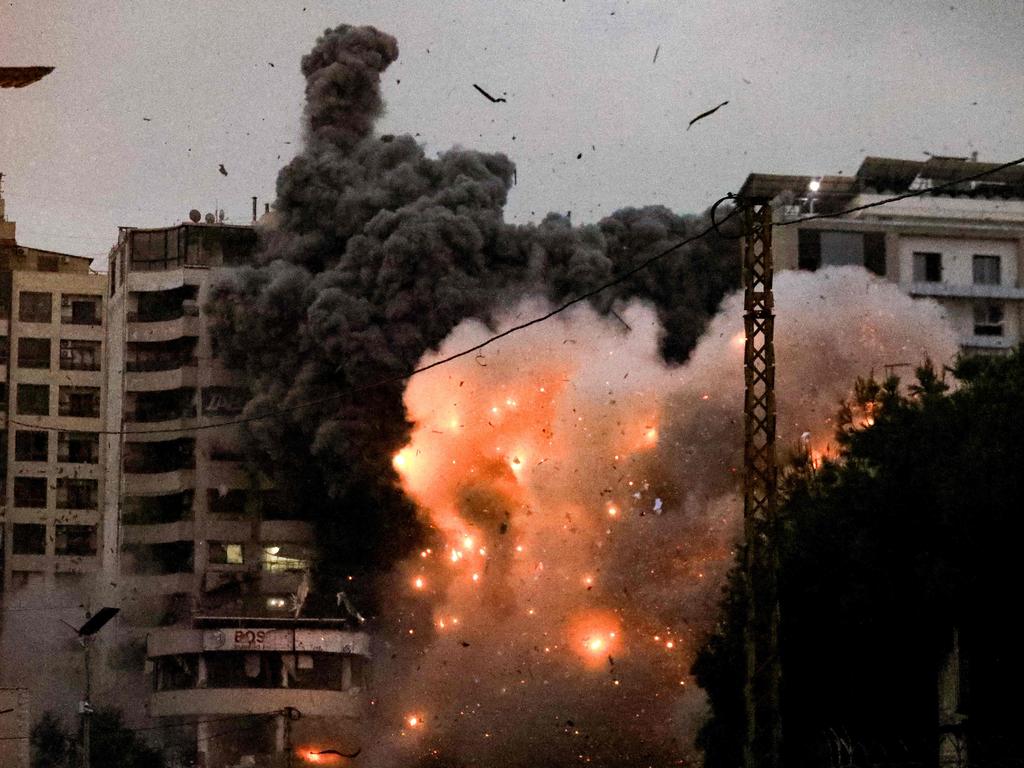


Israeli hard power has secured what 11 months of soft words from Biden envoys could not: Hezbollah’s agreement to abandon Hamas. Iran’s terrorist proxy in Lebanon resumed firing rockets at Israel on Oct. 8, 2023, and it had pledged to continue until Israel conceded to Hamas’s demands. Tuesday’s ceasefire deal marks Hezbollah and Iran’s retreat under fire from that pledge.